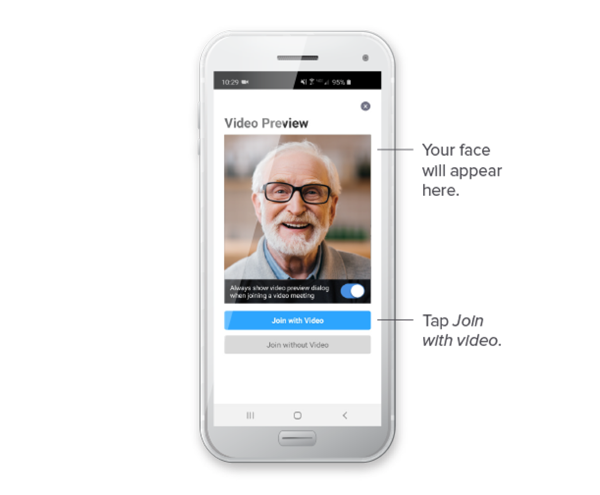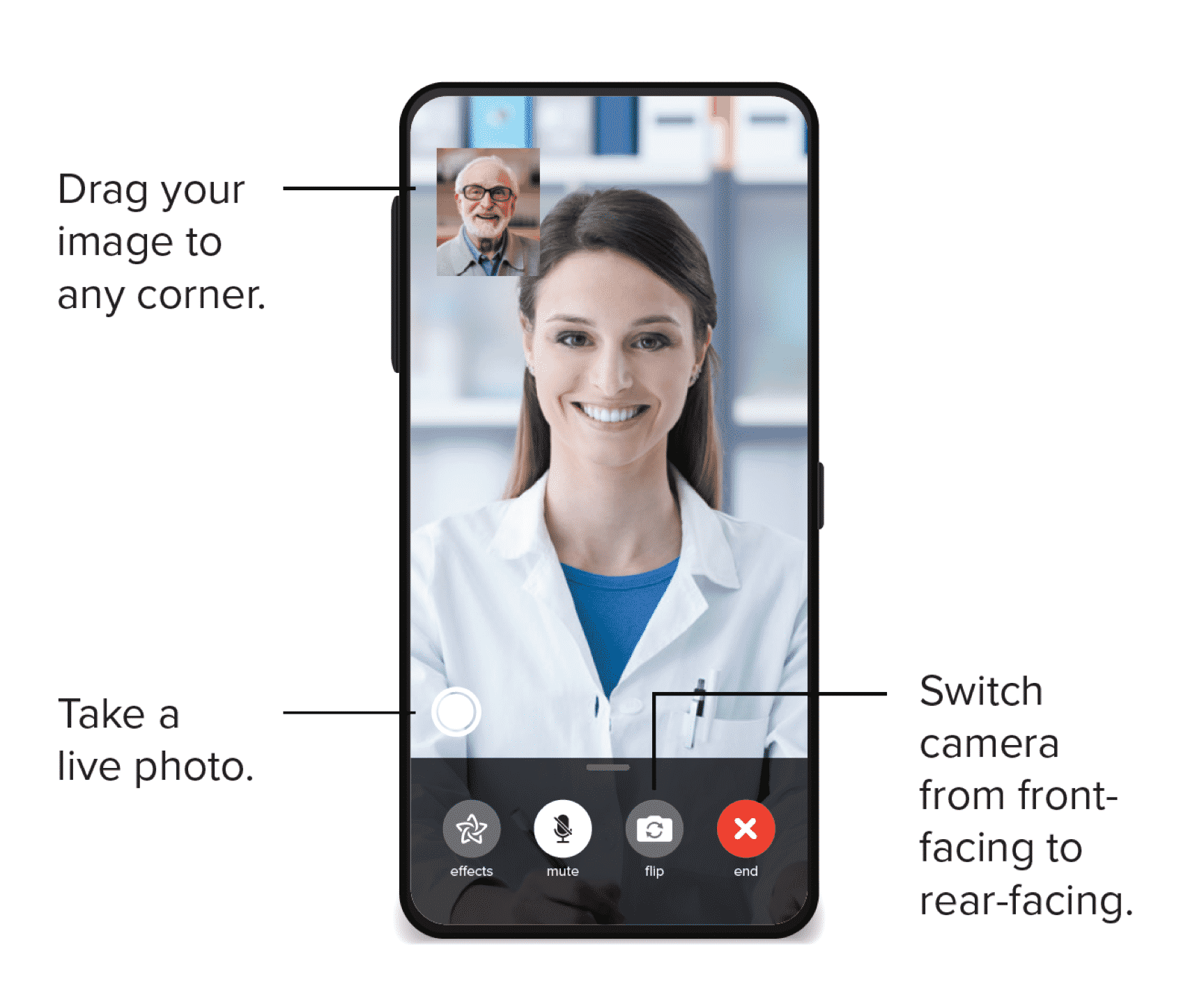LOCATIONS
- Allison Park, Pennsylvania
- Alpharetta, Georgia
- Ames, Iowa
- Ankeny, Iowa
- Ann Arbor, Michigan (Eisenhower)
- Appleton, Wisconsin
- Arlington, Virginia
- Arnold, Missouri
- Athens, Alabama
- Atlanta, Georgia
- Auburn, Alabama
- Batesville, Indiana
- Battle Creek, Michigan
- Bay Minette, Alabama
- Beaver Dam, Wisconsin
- Bedford, Virginia
- Bel Air, Maryland
- Berwyn, Illinois
- Bethel Park Pittsburgh, Pennsylvania
- Bethesda, Maryland
- Bethesda, Maryland - Rockledge Drive
- Beverly Hills, California
- Bingham Farms, Michigan
- Birmingham, Alabama
- Birmingham, Alabama
- Bloomington, Indiana
- Bolingbrook, Illinois
- Bozeman, MT
- Bremerton, Washington
- Broad Ripple, Indiana
- Brookfield, Wisconsin
- Brunswick, Georgia
- Campbellsville, Kentucky
- Carmel, Indiana
- Carpinteria, California
- Cary, North Carolina
- Casper, Wyoming
- Castle Rock, Colorado
- Cedar Rapids, Iowa (PCI Building)
- Centerville, Ohio
- Charlotte, North Carolina
- Chesapeake, Virginia
- Chicago, Illinois
- Chilton, Wisconsin
- Chino, California
- Clinton Township, Michigan
- Clive, Iowa
- Coldwater, Michigan
- Columbia, Maryland
- Columbus, Indiana
- Columbus, Ohio
- Coralville, Iowa
- Corydon, Indiana
- Cottonwood, AZ
- Cranberry Township, Pennsylvania
- Crest Hill, Illinois
- Crown Point, Indiana
- Crystal Lake, Illinois
- Cumming, Georgia
- Cynthiana, Kentucky
- Dallas, Texas
- Daphne, Alabama
- De Pere, Wisconsin
- Dover, New Hampshire
- East Lansing, Michigan
- Elizabeth City, North Carolina
- Elizabethtown, Kentucky
- Ellicott City, Maryland
- Englewood, Colorado
- Escanaba, Michigan
- Evansville, Indiana
- Excelin Medical Spa
- Exeter, New Hampshire
- Fairfax - Hamaker Court, Virginia
- Fairhope, Alabama
- Farmington, Missouri
- Farmville, Virginia
- Fishersville, Virginia
- Florence, Alabama
- Florham Park, NJ
- Foley, Alabama
- Fond du Lac, Wisconsin
- Fort Lauderdale, Florida
- Fort Madison, Iowa
- Fort Wayne, Indiana
- Franklin, Wisconsin
- Frederick, Maryland
- Gainesville, Florida (114 NW 76th Dr)
- Gainesville, Florida (120 NW 76th Dr)
- Gardendale, Alabama
- Gilbert, Arizona
- Glen Allen, Virginia
- Glencoe, Illinois
- Glendale, Wisconsin
- Glenview - The Derm
- Golden Valley, Minnesota
- Goldsboro, North Carolina
- Grafton, Wisconsin
- Grand Haven, Michigan
- Grand Rapids, Michigan
- Grand Rapids, Michigan
- Grayslake, Illinois
- Green Bay (Bellevue), Wisconsin
- Green Bay, Wisconsin - Riverview Dr.
- Green Bay, Wisconsin (Superior Road)
- Greensburg, Indiana (North Michigan)
- Greensburg, Pennsylvania (Route 30)
- Greensburg, Pennsylvania (West Pittsburgh)
- Gulf Breeze, Florida
- Gurnee, Illinois
- Hampton, Virginia
- Hancock, Michigan
- Hardy, Virginia
- Harrison, Ohio
- Harrisonburg, Virginia
- Hastings, Michigan
- Holly Springs, North Carolina
- Houston, Texas
- Hudson, Wisconsin
- Indialantic, Florida
- Indiana, Pennsylvania
- Indianapolis (Greenwood), Indiana
- Iowa City, Iowa
- Jackson, Michigan
- Jeffersonville, Indiana
- Jenkintown, PA
- Johns Island, South Carolina
- Johnstown, Pennsylvania
- Kalamazoo, Michigan
- Kaukauna, Wisconsin
- Kitty Hawk, North Carolina
- Knightdale, North Carolina
- Kokomo, Indiana
- Lake Mary, Florida
- Lakewood, Colorado
- Langhorne, Pennsylvania
- League City, Texas
- Leeds, Alabama
- Lexington, Kentucky
- Libertyville, IL
- Lincoln Park, Illinois
- Lincolnshire, Illinois
- Livingston, MT
- Los Gatos, California
- Louisville Landis Lakes, Kentucky
- Louisville, Kentucky
- Louisville, Kentucky - Brownsboro Rd.
- Lynchburg, Virginia
- Manitowoc, Wisconsin
- Marinette, Wisconsin
- Marion, Indiana
- Marion, Iowa
- Marquette, Michigan (Harbor Hills)
- Marquette, Michigan (West Fair)
- Mechanicsville, Virginia
- Melbourne, Florida
- Melbourne, Florida - 3200 N. Wickham Rd.
- Melbourne, Florida - N. Wickham Rd.
- Menomonee Falls, Wisconsin
- Mequon, Wisconsin
- Milwaukee, Wisconsin
- Minneapolis, Minnesota
- Miramar Beach, Florida
- Missoula, Montana
- Missoula, Montana, Tina
- Mobile, Alabama
- Moline, Illinois
- Monroeville, Pennsylvania - 720 (A) & 705 (B)
- Mooresville, Indiana
- Morris, Illinois
- Mountain Brook, Alabama
- Mt. Pleasant, Iowa
- Mt. Pleasant, South Carolina
- Nags Head, North Carolina
- Naperville, Illinois
- Neenah, Wisconsin
- New Lenox, Illinois
- New London, Wisconsin
- New Richmond, Wisconsin
- Newton, Iowa
- Newtown, Pennsylvania
- Niceville, Florida
- Noblesville, Indiana
- Norton Shores, Michigan
- Novi, Michigan
- O'Fallon (OFallon), Illinois
- O'Fallon OFallon, Missouri (Winghaven)
- Oak Creek, Wisconsin
- Oconomowoc, Wisconsin
- Oconto Falls, Wisconsin
- Oneonta, Alabama
- Orlando, Florida
- Osage Beach, Missouri
- Oshkosh, Wisconsin
- Ottumwa, Iowa
- Oxford, Alabama
- Panama City Beach, Florida
- Pawleys Island, South Carolina
- Pearland, Texas
- Pensacola, Florida (121 Baptist Way)
- Pensacola, Florida (530 Fontaine)
- Petersburg, Virginia
- Pittsburgh, Pennsylvania
- Pleasant Prairie East, Wisconsin
- Pleasant Prairie, Wisconsin
- Plymouth, Michigan
- Pompano Beach, Florida
- Port Huron, Michigan
- Portland, Oregon
- Portsmouth, New Hampshire - Borthwick Ave.
- Portsmouth, New Hampshire - Lafayette Rd.
- Prescott Valley, AZ (Suite 107)
- Prescott, AZ (830)
- Racine, Wisconsin
- Red Bank, NJ
- Richmond, Kentucky
- Richmond, Virginia
- Ridgeland, MS
- Rogers, Minnesota
- Salem, Indiana
- Salisbury, Maryland
- Santa Barbara, California
- Santa Cruz, California
- Scottsburg, Indiana
- Seymour, Indiana
- Shadyside, Pennsylvania
- Shawano, Wisconsin
- Sheboygan, Wisconsin
- Skin Cancer Center of Oklahoma - North OKC
- Skin Cancer Center of Oklahoma - South OKC
- South Boston, Virginia
- Southlake, TX
- St. Louis, Missouri
- St. Marys, Georgia
- St. Peters, Missouri
- St. Simons Island, Georgia
- Stevens Point, Wisconsin
- Sturgeon Bay, Wisconsin
- Suffolk-Harbour View, VA
- Sugar Land, Texas
- Summerville, South Carolina
- Sycamore, Illinois
- The Derm - Park Ridge
- Thousand Oaks, California
- Upland, California
- Vancouver, Washington
- Vienna, Virginia
- Viera, Florida
- Virginia Beach, Virginia (First Colonial Rd)
- Virginia Beach, Virginia (Providence Rd.)
- Warminster, PA
- Warsaw, Indiana
- Washington, DC
- Waupaca, Wisconsin
- Wausau, Wisconsin
- Wautoma, Wisconsin
- Wauwatosa, Wisconsin (Mayfair)
- Waycross, Georgia
- Webster Groves, Missouri
- Wentzville, Missouri
- West Burlington, Iowa
- West County St. Louis, Missouri
- Westfield, Indiana
- Wexford, Pennsylvania
- Wheaton, Illinois
- Wildwood, Missouri
- Wilmette - The Derm
- Winter Park, Florida
- Wisconsin Rapids, Wisconsin
- Yorkville, Illinois
SERVICES
- Acne
- Alopecia Areata (Hair Loss)
- Athlete’s Foot
- Basal Cell Carcinoma
- Birthmark
- BOTOX® Cosmetic
- Cysts
- Eczema
- Hemangiomas
- Herpes Simplex
- Hidradenitis Suppurativa
- Hives
- Hyperhidrosis
- Ingrown Nails
- IPL® Photofacial
- Jeuveau™
- JUVÉDERM®
- Laser Hair Removal for Unwanted Hair
- Lice
- Melanoma
- Melasma
- Microneedling®
- miraDry® for hyperhidrosis
- Moles
- Molluscum Contagiosum
- Nail Fungus
- Psoriasis
- Pulse Dye Laser (PDL)
- Rashes
- Ringworm
- Rosacea
- Scabies
- Sclerotherapy
- Shingles
- Skin Cancer Treatment
- Squamous Cell Carcinoma
- Vitiligo
- Warts

